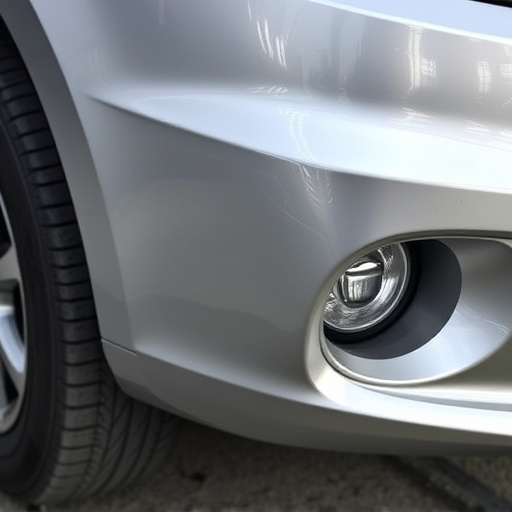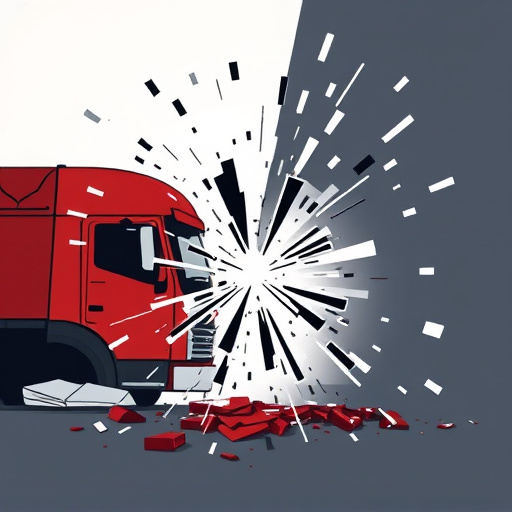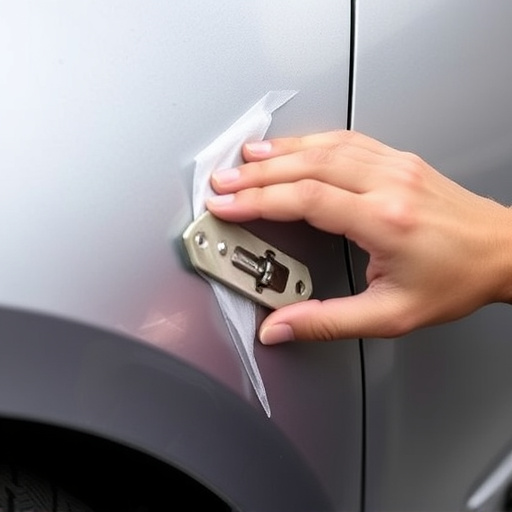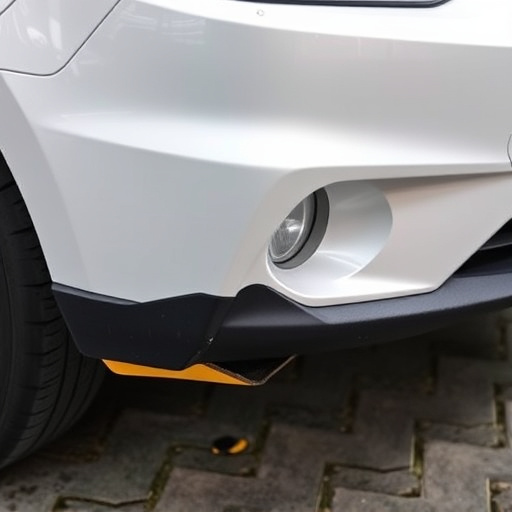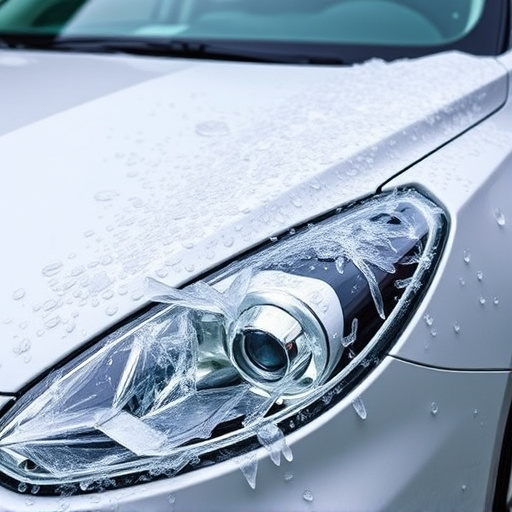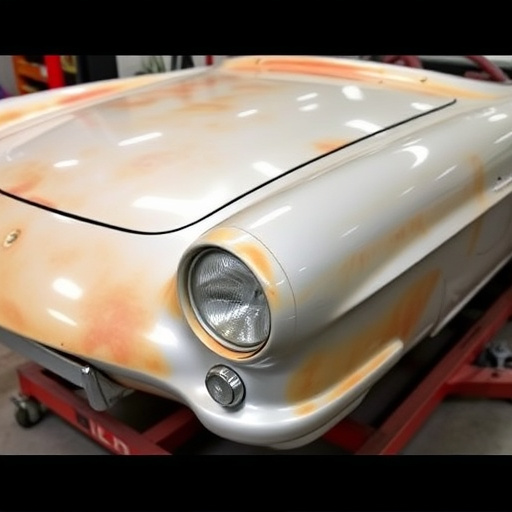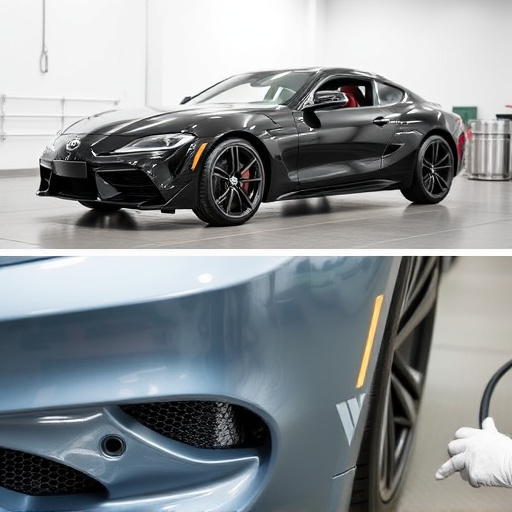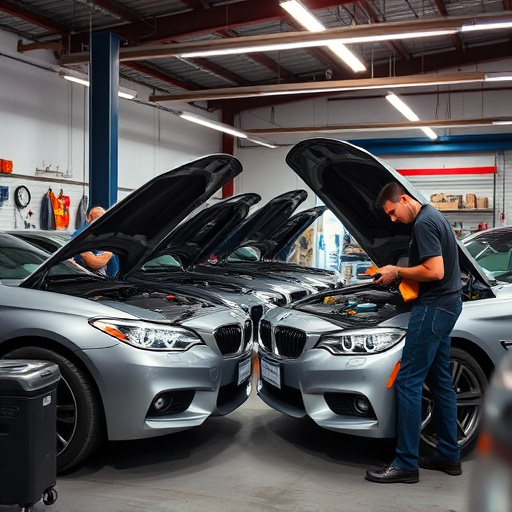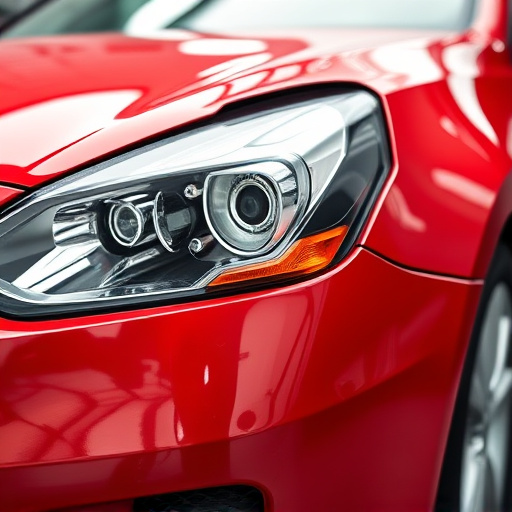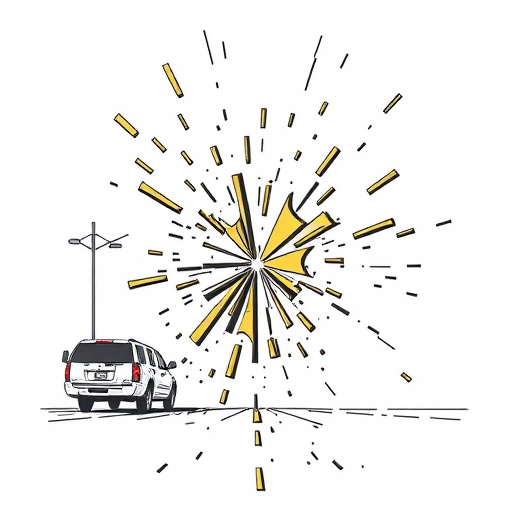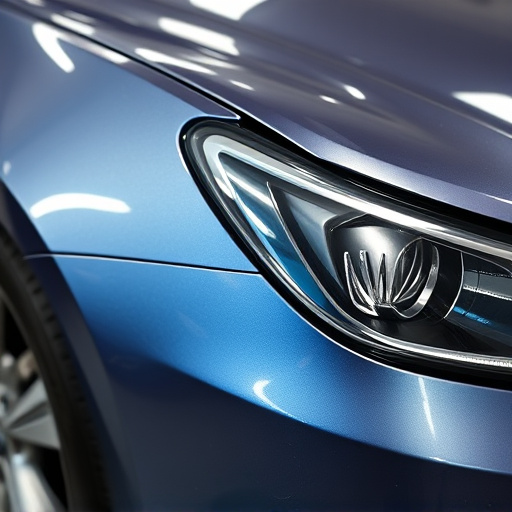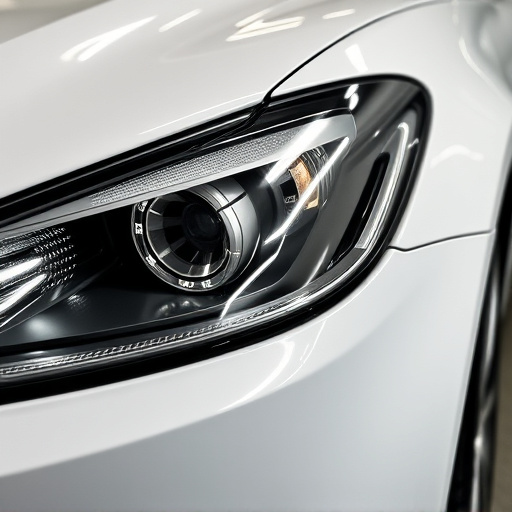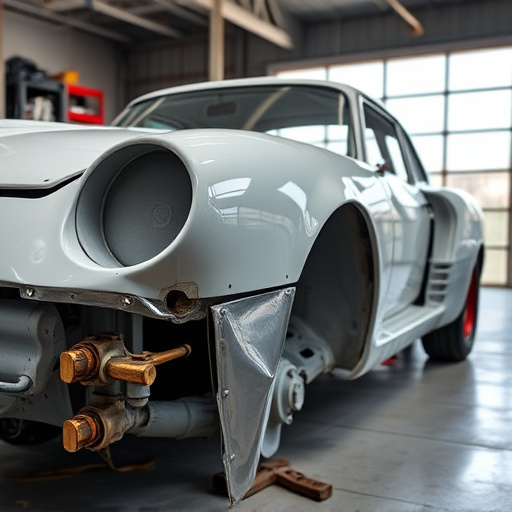Tesla 12V system repair involves understanding and accessing a sophisticated network of batteries, inverters, and control modules to power essential vehicle functions. Components like batteries, alternators, and starter motors can fail, causing issues like no-start conditions. Specialized tools and knowledge are needed for replacements, with extreme caution due to high-voltage risks. Adhering to safety standards and best practices ensures secure repairs and Tesla owner satisfaction.
Uncover the intricacies of Tesla’s 12V electrical system architecture in this comprehensive guide. Learn how to identify and rectify common component failures, ensuring optimal vehicle performance. Navigate safe interactions with high-voltage components specific to Tesla vehicles.
From understanding system design to practical replacement procedures, this article equips you with knowledge for effective Tesla 12V system repair. Master the art of troubleshooting and enhance your electrical maintenance skills today.
- Understanding Tesla's 12V Electrical System Architecture
- Common 12V Component Failures and Replacement Procedures
- Safe Interactions with High-Voltage Tesla Components
Understanding Tesla's 12V Electrical System Architecture
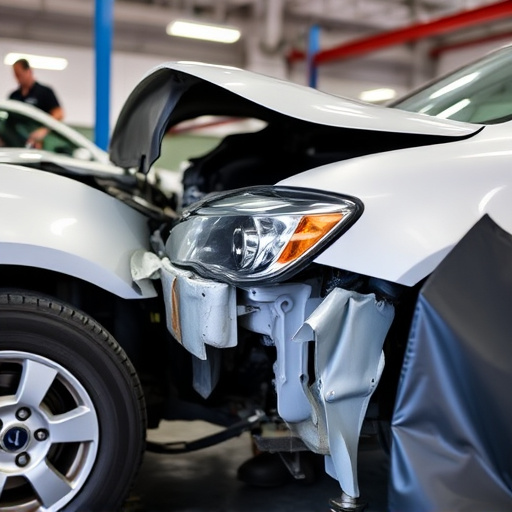
Tesla’s 12V electrical system is a complex network designed to power various components within their vehicles. Unlike traditional internal combustion engines, Tesla’s electric powertrains require a different approach to manage and distribute energy. The 12V system serves as the backbone for essential functions, ensuring the vehicle remains operational even when the main high-voltage system faces issues. Understanding this architecture is crucial for anyone involved in Tesla 12V system repair.
This system comprises multiple components, including a battery pack, inverters, and various control modules. The battery pack, typically consisting of lithium-ion cells, stores energy that can be converted by the onboard inverters to 12V DC power. This power is then distributed throughout the vehicle, providing electricity to lighting, audio systems, and other accessory components. In the event of a collision or damage, proper understanding and access to these systems are vital for effective auto repair services, ensuring that Tesla owners can receive top-quality vehicle restoration services.
Common 12V Component Failures and Replacement Procedures
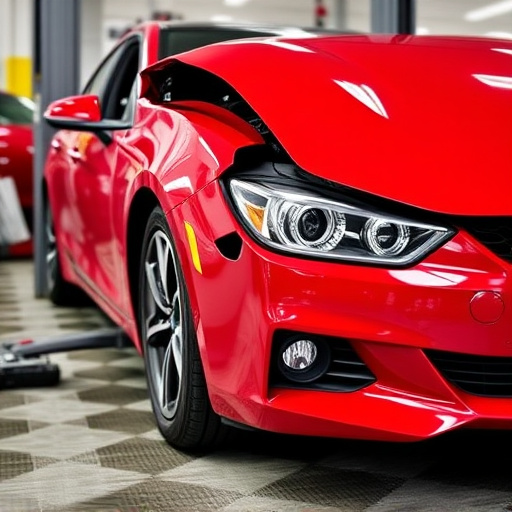
In a Tesla, as with any vehicle, the 12V system components can wear out over time or fail due to unforeseen events such as car collisions or automotive restoration processes. Some common failures include the battery, alternator, and starter motor. When these parts malfunction, it can lead to issues like a no-start condition, dim lights, or faulty accessories.
Replacing these 12V components in Tesla vehicles involves a mix of specialized tools and knowledge. For instance, a damaged battery may require careful extraction due to its high-voltage nature, necessitating safety precautions. Similarly, alternator replacement might demand attention to the charging system’s integrity. Fortunately, many car dent repair and collision repair experts specialize in Tesla 12V system repair, ensuring that owners can restore their vehicles’ vital electrical systems with precision and safety.
Safe Interactions with High-Voltage Tesla Components
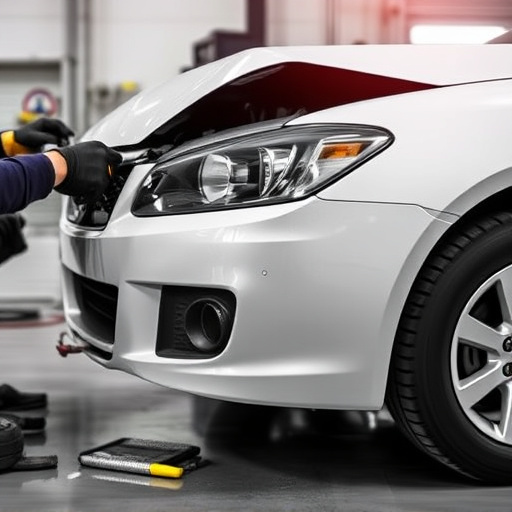
When dealing with Tesla vehicles, especially during a 12V system repair, it’s paramount to approach high-voltage components with extreme caution. Tesla cars are renowned for their innovative electric systems, but these powerful technologies also demand careful handling. Since Tesla batteries pack significant voltage, any interaction should be guided by safety protocols designed to protect technicians and future drivers alike.
Proper training is key in ensuring safe interactions during a collision damage repair or car restoration process involving Tesla models. Technicians must understand the unique risks associated with high-voltage systems, such as electric arc flash hazards, to implement effective de-energization procedures before beginning any work. Moreover, adhering to automotive restoration best practices ensures that all repairs are conducted in compliance with Tesla’s safety standards, minimizing potential risks and ensuring a secure driving experience for future owners.
In conclusion, understanding and mastering Tesla’s 12V system repair is crucial for ensuring the reliable operation of your electric vehicle. By familiarizing yourself with the architecture, common failures, and safe interaction protocols, you’ll be equipped to handle basic maintenance and repairs. This knowledge not only promotes independence but also fosters a deeper connection with your Tesla, allowing you to navigate any high-voltage interactions with confidence. Remember, a well-maintained 12V system is key to keeping your Tesla in top form.
